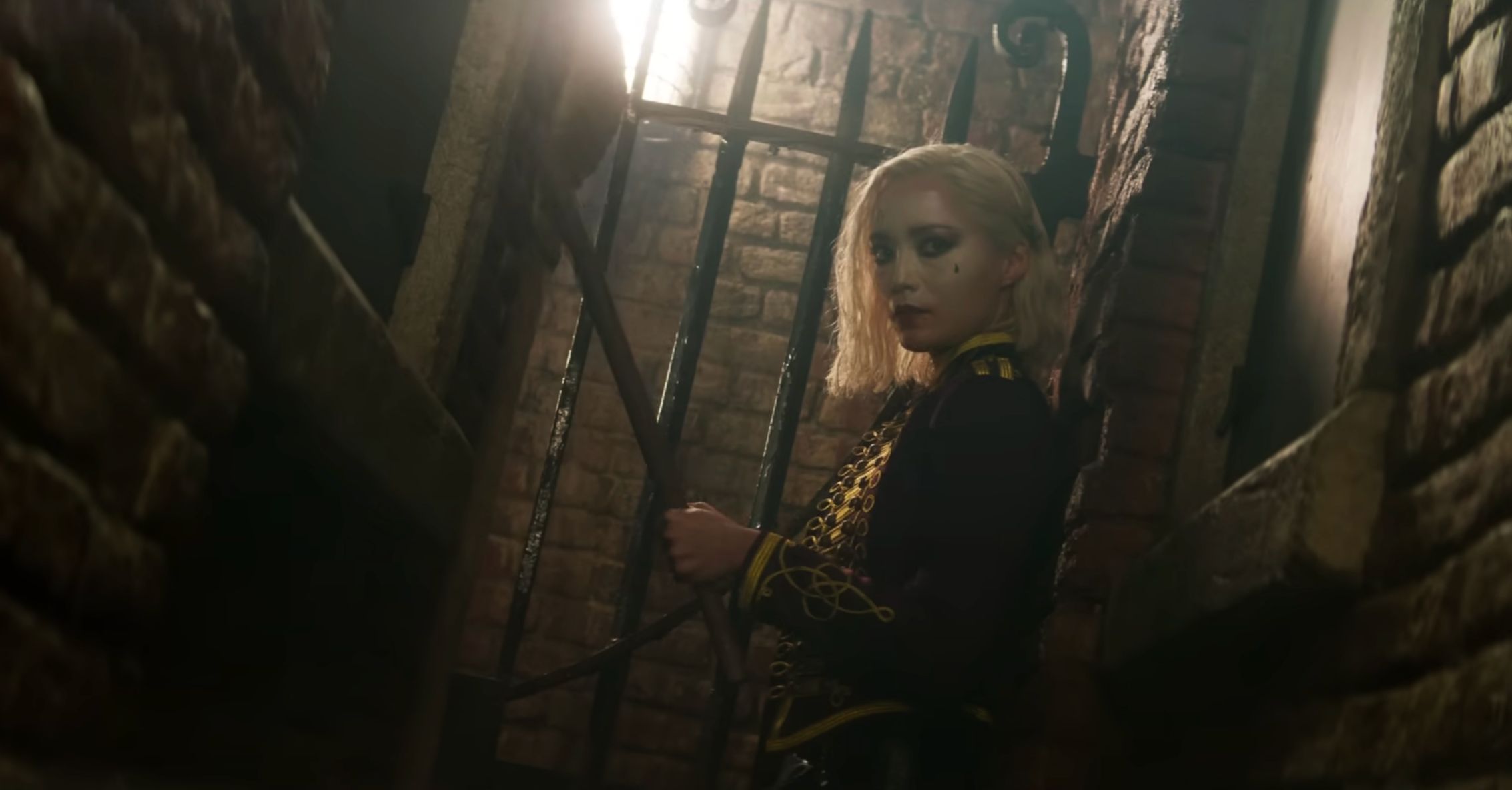2023-08-16 ☼ blog

In Mission: Impossible — Dead Reckoning Part 1, Tom Cruise’s Ethan Hunt faces a hierarchy of baddies: perched at the top is “the Entity”, an all-powerful algorithm that manifests as a frosted Eye of Sauron trapped in a 90s Windows screensaver. The Entity’s avatar in the real world is Gabriel, a shadowy figure cloaked in mystery and white linen, and Gabriel’s subordinate is a silent assassin named Paris, played by Pom Klementoff as a riff on Famke Janssen’s character in Goldeneye (defined, like Xenia Onatopp, by sexualised violence, and the sadistic thrill she derives from crushing men between her thighs).
The power of the Entity rests on a post-truth relativist assumption: reality is a mere construct, and one that will be determined whoever controls the algorithm. This vaguely cynical perspective represents a potentially interesting counterpoint to a franchise that has come to be defined by the reality of its stunts. As Brian Philips observes, Mission Impossible inverts the typical mode of disbelief suspension: whereas normal action films try to make us forget the deception involved in their action set pieces, Tom Cruise action is (more or less) real, meaning “the non-action scenes are free to mess with our heads […] free to keep us guessing about what’s ‘real’ and what isn’t” (hence the masks).
On a meta level, then, the Entity represents a thematically appropriate antagonist for the Mission: Impossible series. But it has no meaningful connection on a story level (it doesn’t matter to Ethan Hunt whether it is a real Tom Cruise or a synthetic Tom Cruise who is riding a motorbike off a cliff). This is presumably why the writers felt it necessary to interpolate a personal vendetta against Gabriel, who apparently once killed a woman named Maria, which apparently made young Tom Cruise sad. 1
In Ethan Hunt, the charming bravado of Maverick in Top Gun is flattened into an abrasive avatar of toxic masculinity. When summoning up the willpower to pull off the emblematic stunt of the film, we focalise his perspective with flashes of the women he has tried to protect. It is Pom Klementoff’s Paris, then — a woman apparently not in need of saving — who represents Hunt’s most meaningful antagonist on a personal level.2 Except, of course, by the end of the film she has joined the ranks of his helpless women, all of whom — no matter how defiant or capable they might initially appear — are only there to be rescued.
At some point before the original 1996 Mission: Impossible, meaning the script presumably at some featured a murderous infant Nicholas Hoult (born in 1989, and originally cast to play the role before Esai Morales)↩︎
On a cultural level, on the other hand, she represents all kinds of problems.↩︎